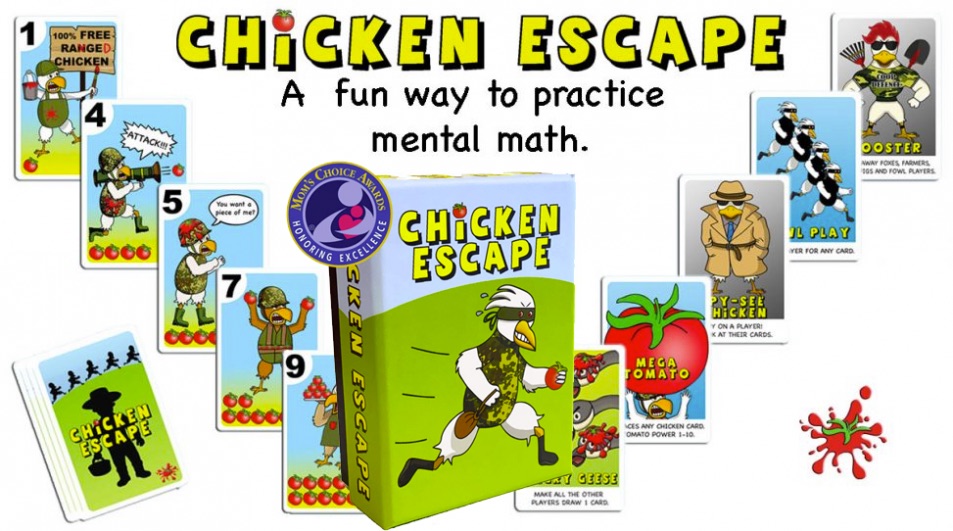Differentiated mathematics instruction is a teaching approach that acknowledges and supports the diverse learning needs of each student in the classroom. With students bringing different levels of prior knowledge, learning speeds, and styles, a one-size-fits-all approach can often leave some students behind while holding others back. Differentiated teaching in math aims to address this issue by tailoring instruction to meet the unique needs of every learner.
Understanding Differentiated Instruction
Differentiation in math education isn’t about creating entirely separate lesson plans for each student. Instead, it involves adjusting the content, process, product, and learning environment to make learning accessible and effective for all. This approach recognizes that students learn best in different ways and may need varied resources, levels of support, and challenges.
Key Strategies for Differentiating Math Instruction:
- Flexible Grouping: Group students by shared learning needs, interests, or abilities. These groups can change as the students’ learning progresses.
- Varying the Complexity of Tasks: Provide tasks of varying complexity within the same lesson. This can include open-ended problems that allow for multiple entry points and challenge levels.
- Using Manipulatives and Visual Aids: Incorporate hands-on tools and visual materials to help students understand abstract concepts.
- Offering Choices: Allow students to choose from a range of activities or problems to solve, giving them control over their learning process.
- Incorporating Technology: Use educational software and online resources that adapt to each student’s learning pace and style.
- Scaffolding: Provide support structures for students who need it, which can be gradually removed as they gain independence.
- Tiered Assignments: Create assignments at different levels of difficulty on the same fundamental concept.
- Pacing: Allow students to work at their own pace, offering enrichment opportunities for quick learners and additional support for those who need more time.
Challenges and Considerations:
- Time and Resource Constraints: Differentiating instruction requires careful planning and can be time-consuming.
- Balancing Group and Individual Needs: Teachers must ensure that the needs of the entire class are met while attending to individual students.
- Assessment and Feedback: Providing personalized feedback and assessing students’ progress in a differentiated classroom can be challenging.
Below you will find a collection of task cards with activities and explanations for many concepts organized by level of difficulty to help differentiation.
Task Cards
Games are a great way to motivate learning. Find many games for all levels below.
Games

